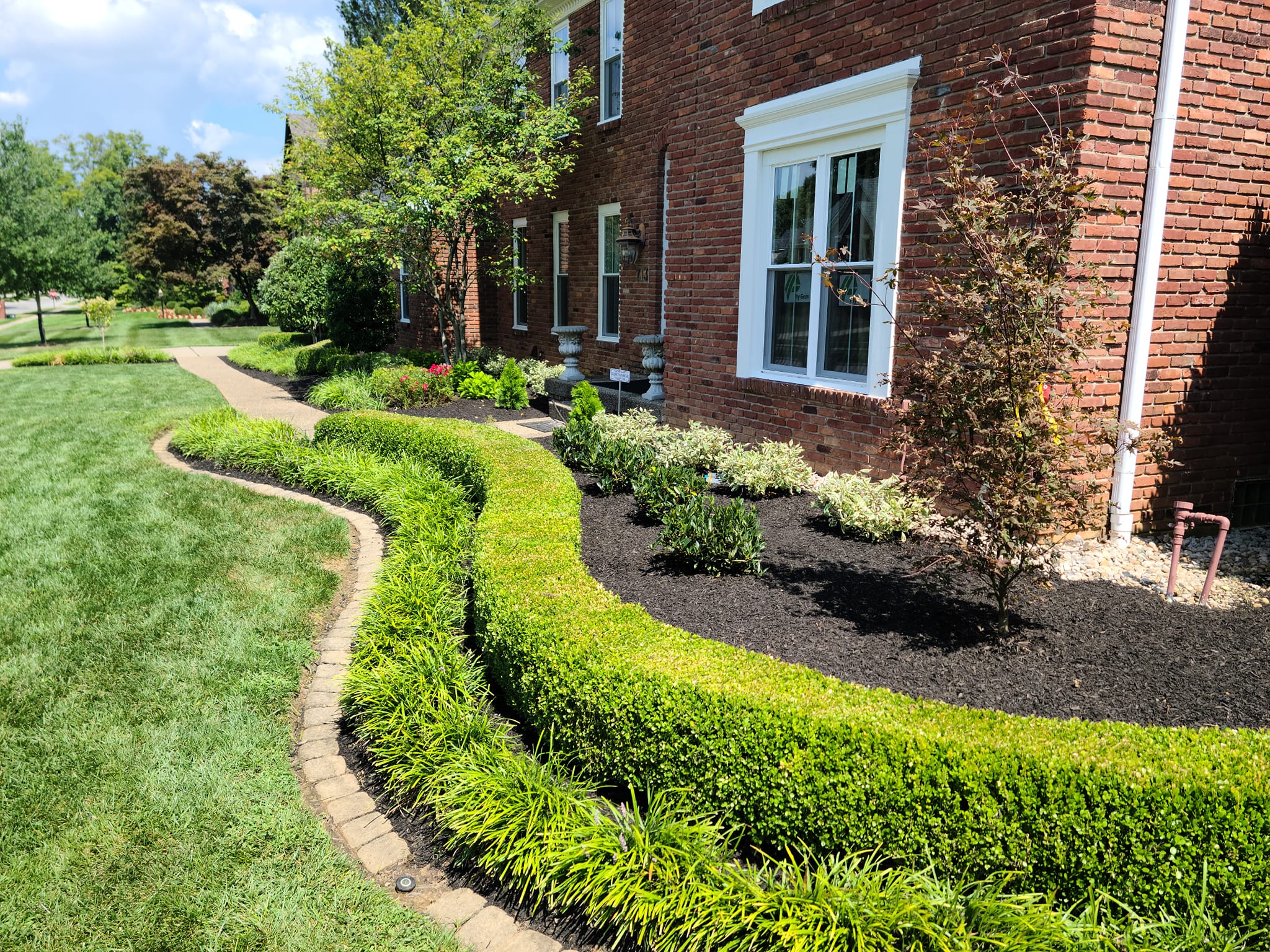
Sustainable Landscaping Solutions for Every Season Oct 09, 2025
Sustainable landscaping is an art of balancing aesthetics with ecological responsibility. The journey begins with thoughtful planning. Before any plant is rooted or stone is laid, it is critical to assess the local ecosystem. Understanding the climate and native plant species can significantly influence the success of a landscaping project. By working with, rather than against nature, we can reduce water usage, minimize waste, and create habitats for local wildlife.
Each season presents unique opportunities and challenges for sustainable landscaping. In spring, it is the perfect time to lay the groundwork. Mulching is a simple yet effective technique employed to retain soil moisture and suppress the growth of weeds. Additionally, incorporating organic matter into the soil enhances its nutrient profile, fostering robust plant growth without resorting to chemical fertilizers.
Summer, with its sunny days, offers an opportunity to introduce drought-resistant plants. Choosing native plants ensures adaptability to the local environment, thereby reducing the need for excessive watering. Xeriscaping, a method that emphasizes water conservation, can be effortlessly integrated into summer designs, using rocks, pebbles, and native vegetation to create visually striking landscapes that demand little upkeep.
As fall arrives, it is essential to prepare landscapes for the upcoming cold. Leave fallen leaves in garden beds; they act as natural mulch, supplying nutrients as they decompose. Fall is also an ideal time for planting trees and shrubs. The cooler temperatures reduce stress on young plants, allowing them time to establish roots before the warmth of spring.
Winter offers a chance to reflect on the landscape’s structure. Including evergreen plants ensures color throughout the year, while snow can create dramatic, natural sculptures. Using eco-friendly de-icing solutions like sand or cat litter prevents chemical runoff that could harm plants and local water sources.
Incorporating smart irrigation systems is a valuable investment in sustainable landscaping. Timers and moisture sensors optimize watering schedules to avoid waste. Similarly, embracing composting turns organic waste into a beneficial resource, enriching the soil and reducing landfill dependency.
The benefits of sustainable landscaping extend beyond environmental positives; they also offer economic advantages. Energy-efficient landscapes can reduce heating and cooling costs. A well-designed landscape increases property value and improves curb appeal, making it more attractive to potential buyers.
At All Seasons Property Maintenance, our mission is to provide landscaping solutions that are as beautiful as they are sustainable. Our expert team is committed to helping you implement practices that protect the environment while never compromising on style or function. From the selection of materials to project completion, sustainability is at the heart of everything we do.
A sustainable landscape is more than a garden; it is a commitment to a healthier environment. As you consider transforming your outdoor space, remember that every plant, every stone, and every drop of water counts. With All Seasons Property Maintenance guiding your journey, a sustainable, stunning landscape is within reach—delight in your garden, regardless of the season, and contribute positively to our planet’s future.
/filters:no_upscale()/media/4b6c051a-976e-4c4a-a502-b50946ecfff5.jpeg)
/filters:no_upscale()/filters:format(webp)/media/b2a675db-9dad-4f9d-9bf3-9a6e85ae5029.jpeg)